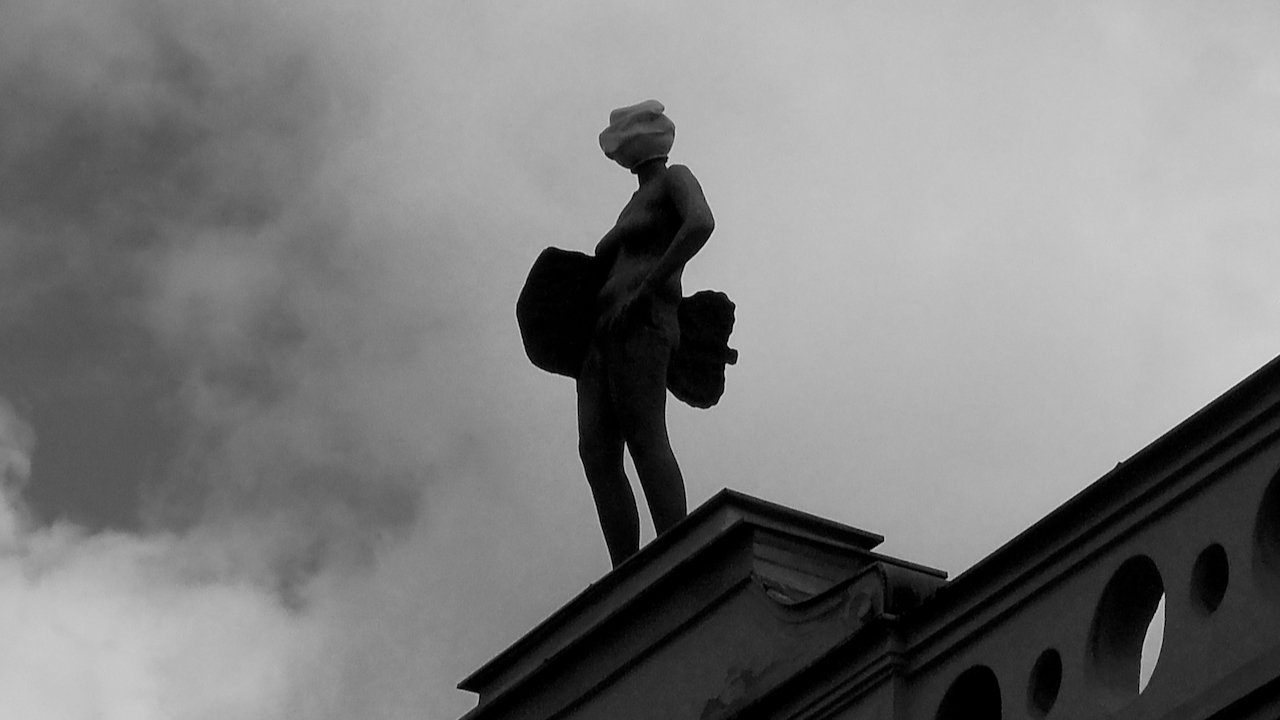Transfer at 42nd
A shift in perspective.
Desk Notes explores writing, travel, and literature—with a new issue every Friday.
If you’ve ever frightened a large crowd, you’ve had quite the sensation. Apparent victims always give you the most remarkable looks—and I do write from experience. By your mere presence, they are repelled, which is, well, at least a dramatic scene to watch. But forget all of those who were frightened, the apparent victims, and consider the perspective of the culprit, the person who triggered all that fear.
Several years ago, I was riding an uptown express with a friend in Manhattan, when our train stuttered to what can only be termed a stop. We were already late, and we needed to transfer to a local train at 42nd. After a short delay, we lurched forward, and the glacial pace resumed.
In a rare moment of transit foresight, this line was build with an easy connection between the express and local lines. At 42nd Street, it requires a mere stroll across the platform. If you’ve already won the lottery that morning, given the proper incantations, and the planets are aligned, then you just might step off an express and onto a local without delay.
On this day, the doors opened, and we sprinted across the crowded platform, my friend choosing a poor route to the left, while I selected a better route a bit rightward. Once I reached the train I took a large step into the carriage and then turned, right as the doors began to close. For reasons that I don’t quite understand, my friend held her handbag like a joust, and it was now wedged between two partially closed doors. My reaction was to push, hers was to pull, yet both of those efforts were pointless, as we both realized that the bag was more inside than outside. Eventually, she screamed, “JUST TAKE IT! TAKE IT,” a few more times than I need to write. The bag dislodged into my hands, the doors closed, and the train, as it’s said, left the station.
Do I need to continue? Can’t you see the situation? What comes next is, I believe, quite predictable. Mary Shelley has already written a line that fits my purpose:
…but I had hardly placed my foot within the door before the children shrieked, and one of the women fainted…
Imagine the perspective of those in the carriage. Every seat full, the aisles packed, and the entire crowd—shuffling away now—had watched a woman scream “TAKE IT” while I yanked her handbag away. Within a few seconds, the carriage took on a rather lopsided feel, with nearly everyone bunched to one side, providing me with a luxurious amount of space. It’s rather incredible how people look at you when they aren’t actually looking at you.
Although this story doesn’t predate impulsive judgements, it does predate the mobile camera era, so the most knee-jerk and atavistic and primal judgements in that carriage remained in that carriage, back in that analogue age when both proper and improper readings could be forgotten.
Of course recognizing that a shift in perspective might reshape meaning isn’t a new observation. From one angle, you see a vase, while, from another, it’s much closer to a profile. And one benefit of a good narrative, such as Mary Shelley’s, is the ability to inhabit characters from a new perspective. An old man. Or a young girl. An outcast. A character whose shamed or victorious or pathetic. Just don’t forget the monster, because the perspective of the monster is one worth remembering.
I thought of the occurrences of the day. What chiefly struck me was the gentle manners of these people, and I longed to join them, but dared not. I remembered too well the treatment I had suffered the night before from the barbarous villagers, and resolved, whatever course of conduct I might hereafter think it right to pursue, that for the present I would remain quietly in my hovel, watching and endeavouring to discover the motives which influenced their actions.




